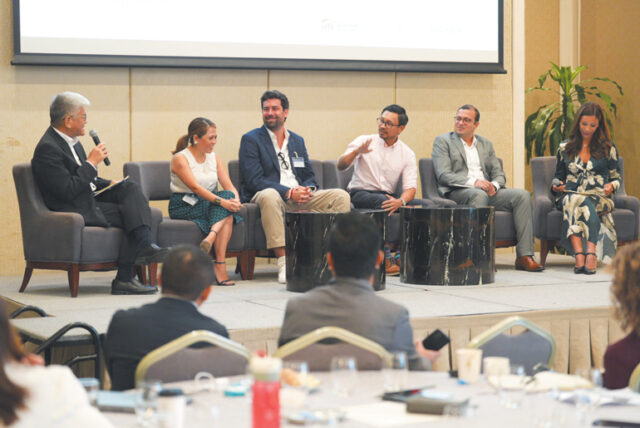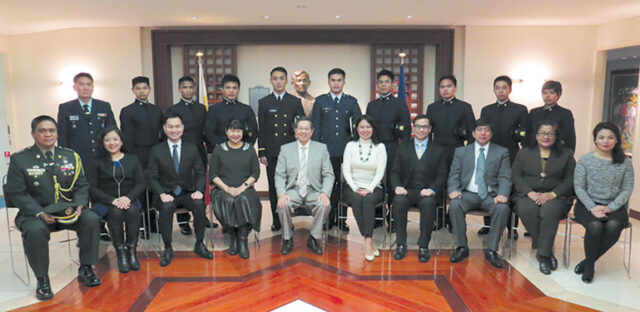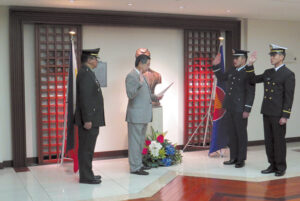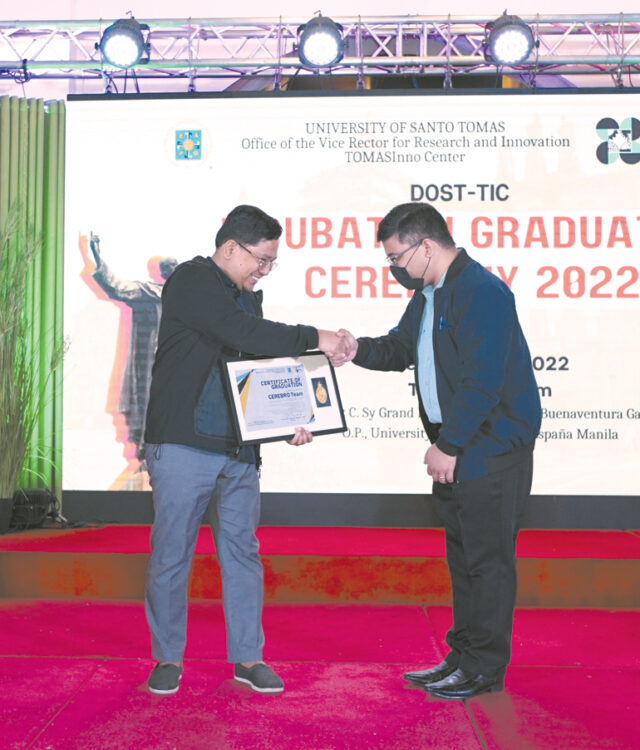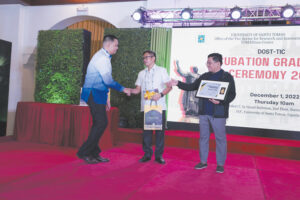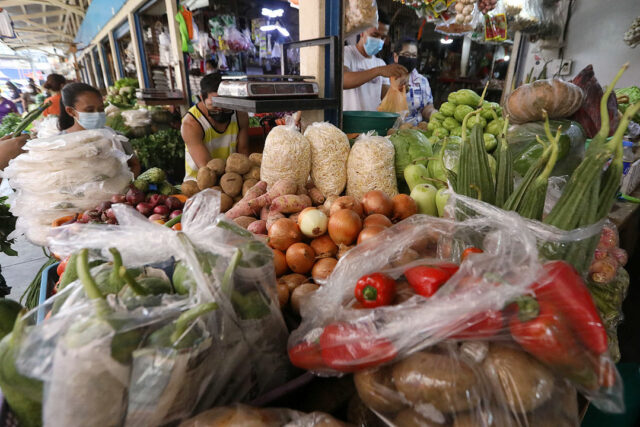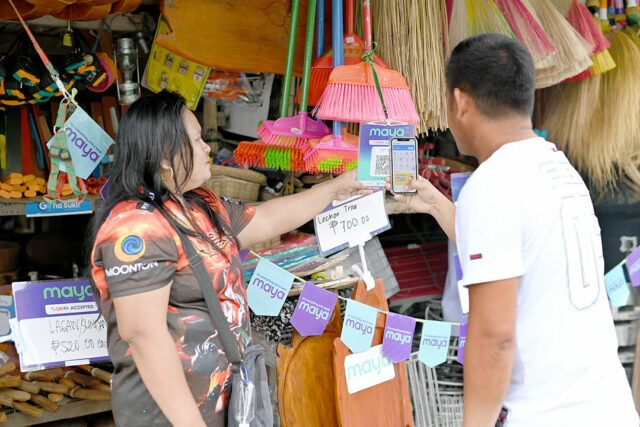From energy to entertainment, the Lopez Holdings Corp.’s investments in major sectors have provided various services to the Filipino people. And as businesses under the Lopez Group fulfill their service, they also keep in mind the “Lopez Values.”
Having been led by the late Manuel M. Lopez, who was known for his focus on malasakit, Lopez Holdings envisions becoming a “world-class” corporation committed to investments that could better Filipinos’ lives.
The conglomerate is on the mission of investing in industries that are fundamental for nation-building. In its endeavor to serve the Filipinos, it respects the Lopez Values, which involve a pioneering entrepreneurial spirit, business excellence, unity, nationalism, social justice, integrity, and employee welfare and wellness.
Lopez Holdings contributes to powering people’s day-to-day through First Gen Corp., which was established in 1998 as a subsidiary of First Philippine Holdings Corp. (FPH).
First Gen is known for being one of the leading providers of clean and renewable energy in the country. As of end-2021, the company has been providing 3,495 megawatts of electricity and generating 19% of the country’s total energy consumption through clean energy.
Further powering the country, meanwhile, primarily with geothermal energy, was the Lopez Group’s Energy Development Corp. (EDC), which is controlled by First Gen.
As a geothermal energy pioneer, EDC generates 61.30% of the country’s total installed geothermal capacity. A 100% renewable energy producer, the company has nearly 20% share in the country’s total installed renewable energy capacity.
First Gen and EDC are striving to pave the way toward “a decarbonized and regenerative future.”
Aside from sustainable energy development, Lopez Holdings is also into multimedia communications with the ABS-CBN Corp., where many Filipinos get relevant news and information as well as “world-class” entertainment.
ABS-CBN caters to Filipinos with various sources of entertainment, from Filipino movies, foreign entertainment programs, and music, to name a few. The company also ensures that Filipinos residing outside the Philippines could still get the entertainment it offers through The Filipino Channel (TFC).
Moreover, while it primarily serves the Filipino people, ABS-CBN has also expanded its reach by distributing its content to foreign audiences in countries in Southeast Asia, Eastern Europe, and Africa.
Under ABS-CBN Corp., Filipinos are also offered pay television and broadband services through Sky Cable Corp., the country’s largest cable operator.
Beyond providing entertainment to Filipinos’ lives through media, Lopez Holdings also invested in developing spaces where people could have “delightful, memorable experiences.” And that is through the properties built by Rockwell Land Corp.
For its part in the Lopez Group’s commitment to improving Filipinos’ lives, Rockwell Land works on bringing up the standard for living spaces through the development of a community that seamlessly melds residential and workspaces as well as lifestyle hubs.
One of its notable projects is the Rockwell Center, which established its reputation in the real estate scene and transformed the skyline of Makati. Rockwell Land also seeks to elevate the standard of living through its projects beyond Metro Manila, such as the development of Rockwell Center in Nepo, Angeles and the Aruga Resort and Residences — Mactan.
Also in Lopez Holdings’ portfolio that is focused on property development is the First Philippine Industrial Park (FPIP), which has become a favored investment location for manufacturers in light industries. Locators in this 450-hectare economic zone in Batangas have generated 40,000 jobs.
Lopez Holdings also invested in manufacturing through the First Philec Corp., which provides electrical distribution equipment and co-created solutions. First Philec has become a preferred brand of power utilities as well as commercial and industrial businesses. It has more than 250,000 installations across the country.
First Philec, FPIP, and Rockwell Land are also controlled by FPH.
Service for sustainability
The Lopez Holdings has also sought to improve Filipinos’ lives beyond the services offered by the businesses under the group.
Through the Lopez Group Foundation, Inc. (LGFI), various initiatives are made in the clusters focused on Education, Children’s Rights and Development, Environment, Livelihood and Social Enterprise, Health and Wellness, Humanitarian Action, and Arts and Culture.
According to its Sustainability Report, “In 2021, LGFI, committed to forge partnerships and collaborations within the Lopez Group to align advocacies, maximize resources, create deeper and long-lasting impact and significantly contribute to the global and national goals outlined in the UN Sustainable Development Goals and Ambisyon 2040 (Philippine Development Plan), respectively.”
In support of education in the country, LGFI’s scholarship program have carried on. The foundation also provided assistance to different groups and community pantries in Metro Manila amid the COVID-19 pandemic.
Meanwhile, despite the pandemic, the Lopez Museum and Library (LML) maintained its programs and activities to continue supporting the preservation and restoration of the country’s cultural heritage. LML is also looking into shifting online, specifically for the library’s extensive bibliographic collection.
The Knowledge Channel Foundation, Inc. (KCFI) also continued imparting knowledge to Filipino children during the pandemic through video lessons. “Acknowledging the alternative and distance learning modalities implemented by DepEd (Department of Education) in the absence of face-to-face sessions, KCFI strengthened its platforms and ensured greater access to its video lessons,” Lopez Holdings reported.
Knowledge Channel’s library has by far more than 2,000 video lessons.
KFCI also organized virtual training for teachers and principals in 2021 through the Knowledge Channel Teaching in the New Normal (KC TINN). It also trained child development workers and teachers, parents, and other care providers of children aged three to four through the KC TINN for early childhood development.
More students received support through Phil-Asia Assistance Foundation, Inc. (PAAFI). In the academic year 2021-2022, 1,101 scholars were enrolled, bringing PAAFI’s total number of grants offered since 1986 to 21,129.
Of the scholars supported by PAAFI for the said school year, 109 were children of ABS-CBN employees who lost their jobs after the company’s broadcast franchise denial in 2020.
Meanwhile, concerning the environment, the Oscar M. Lopez Climate Change Adaptation and Disaster Risk Management Foundation (OML Center) have expanded climate discussions and bolstered the serviceability of climate science for various actors through the help of partnerships and collaborative projects. — Chelsey Keith P. Ignacio








